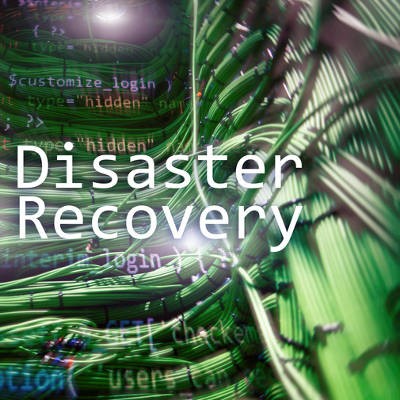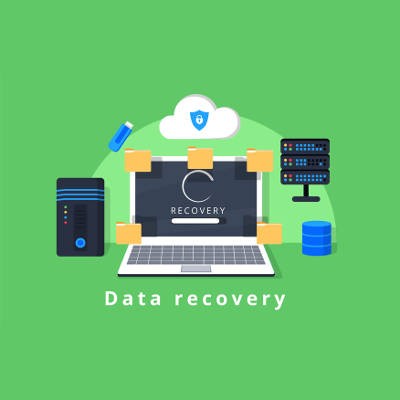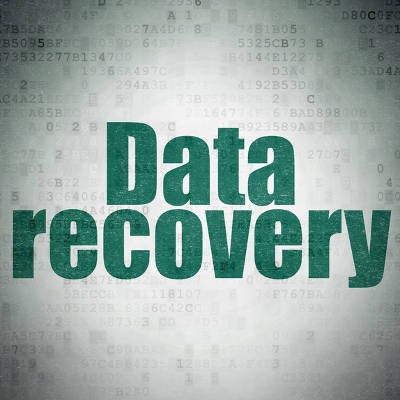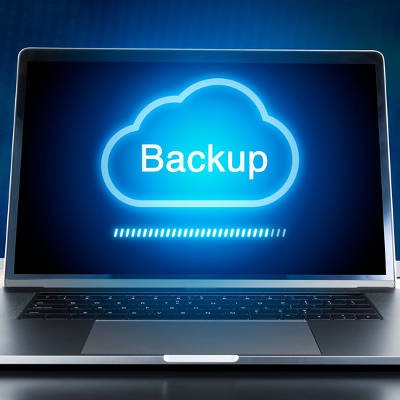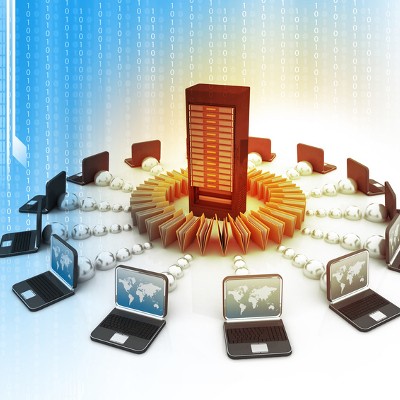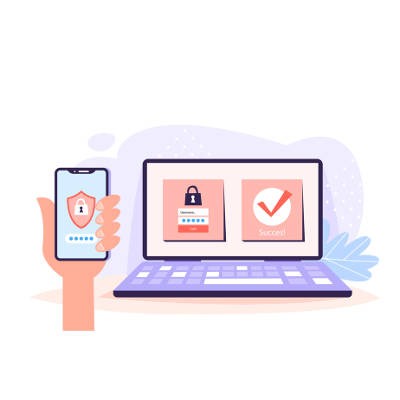Maintaining a proper data backup system is one of the most important parts of business continuity, even if it’s something you’d rather not think about. If you don’t take data backup seriously, your organization is at considerably greater risk compared to what it would be like if you had it. We’ll walk you through the proper steps toward making your organization’s future more secure through data backup.
Telesys Voice and Data Blog
Let’s face it; nobody wants to talk about disaster recovery, as even invoking these words makes the possibility a reality. Unfortunately, this is something that has to be discussed, as your business depends on it. This might seem like hyperbole, but if you knew what is at stake, you’d likely agree with us.
There is a lot on the line for any business when disaster strikes. Is your business ready for a data loss incident? Every year people from all over the world make resolutions as the new year commences; and, this year will be no different. For the business owner hoping to mitigate their exposure to downtime and client backlash in the face of an event like this, having a plan in place is essential to seeing a positive resolution to a bad situation. We’ll go through what constitutes a good backup solution, and what goals you need to prioritize to get your business in a position to succeed if it is put in a tight spot.
Disasters are a very real possibility that businesses have to deal with, but not all disasters come in the form of a flood or fire. You can predict weather effects that can create problems for your business, like thunderstorms and ice storms that bring down power lines, but you can’t possibly predict when and how your organization will suffer from a data loss incident. We’ll discuss in-depth how your business can save itself the trouble of dealing with cyberattacks and user error--particularly in regard to data backup and disaster recovery.
Data backup. Nobody wants to think about it until it’s too late to do anything about it. While no business ever hopes that they will be struck by a data loss incident, no business will ever regret implementing a backup on the off-chance that they ever suffer from a worst-case scenario. What are some of the most important parts of a data backup and business continuity system? We’ll start with Recovery Point Objective and Recovery Time Objective.
While they might sound similar, RPO and RTO are two very different things that work toward the same ultimate goal of sustaining your business’ continuity in the event of some catastrophe.
Recovery Point Objective
When you picture your business suffering from a data loss incident, just how much data do you see yourself losing? Whether it’s a considerable amount of data or just a couple of files, we want you under the impression that no amount of data loss is acceptable for your business--particularly because you can never know if that information will be restored again or not in the future. Your ultimate goal should be to minimize data loss by any means necessary, which leads us into the recovery point objective.
Basically, the Recovery Point Objective is a designated amount of data that your organization aims to restore in the event of a disaster. It’s ideally 100%, and most modern backup solutions will help you reach this threshold. Incremental backups like those taken with a comprehensive Backup and Disaster Recovery (BDR) solution can help you toward this end.
Recovery Time Objective
The other half of BDR consists of the recovery time objective. How long does it take your business to recover in the event of a disaster? The idea is to minimize this time, as downtime can be both expensive and risky for your organization. Any time when your business isn’t functioning as intended due to data loss or otherwise constitutes downtime, and situations like these are costly--meaning that you should minimize them as often as possible.
Business continuity needs a minimal recovery time objective so that you can get right back in action following a data loss incident. The best way to accomplish this is through a Backup and Disaster Recovery (BDR) solution from Telesys Voice and Data. You can minimize data loss and restore your data backups directly to a temporary device so that your business doesn’t have to wait any longer than needed to get back in action. To learn more, reach out to us at (800) 588-4430.
Data backup is one of the most critical parts of protecting your business, but there are a lot of moving parts that need to be considered before implementing a solution. For example, did you know that data backup and disaster recovery are two different things completely? While they may both be involved in the business continuity process, the two represent equally important, yet disparate, parts.
Do you know what the major difference in them is? Data backup focuses on creating data backups in the event that you are to suffer from a loss incident. Disaster recovery is the act of actually restoring the data backup as well as any other operational function that may have been interrupted by a incident. In many senses, data backup is the event that begins the process while disaster recovery ends it, ensuring that your organization recovers swiftly and efficiently.
There are several features that contribute to a successful data backup and disaster recovery solution. Here are just a few of them:
Recovery point objective: How much data needs to be backed up (and ultimately restored) in the event of a loss incident in order to continue or sustain operations? For a higher RPO, you will want to restore as much data as possible.
Recovery time objective: How long will it take to have your backed up data restored in order continue or sustain operations? Time is a luxury that you don’t have when your organization’s future hangs in the balance. The faster you can recover your data, the less downtime you’ll suffer from.
Depending on the type of solution you have in place, your RPO and your RTO will vary. A quicker RTO will likely result in a lower RPO, as the more data you need to have restored will cause longer recovery delays. You will have to alter your recovery plans based on your particular configuration. It is also worth mentioning that not all backup solutions are as effective as others.
Tape backup, the staple solution for many years, needs to be manually run in order for you to get back in business following a disaster scenario. Furthermore, due to the cumbersome nature of tape backup, it’s possible to lose at least a day’s worth of data. The alternative, network-attached data backup and disaster recovery (BDR) with cloud functionality offers faster recovery times and more thorough recovery options. All you have to do is restore the data to any device via an Internet connection. Since modern data backup solutions can take snapshots frequently, it’s a great way to minimize data loss and ensure protection from the increased downtime that many data loss situations would produce.
Does your business need help implementing a new data backup and disaster recovery solution? Telesys Voice and Data can help. To learn more, reach out to us at (800) 588-4430.
If we asked you how your organization backs up its data, would you be able to smile and tell us all about it in detail? While it’s important to be optimistic about the future of your organization, you should never believe that you are impervious to data loss. We’ll discuss some of the most important terminology behind data backup and recovery, as well as the best way to protect your organization from the crippling situations presented by data loss.
Recovery Point Objective
How much data can you reliably restore in the event of a data loss incident? This number can be measured by RPO, or Recovery Point Objective. Basically, the recovery point objective is determined by how much of your data can be recovered following a loss incident. Situations that could cause data loss include natural disaster like a flood or fire, or it could be at the hands of a hacking attack or user error. Either way, you lose data and it is a negative situation for any organization.
Depending on the type of data backup you have, you could go from either losing a negligible amount to up to a whole day’s worth, or more. Tape backup, which has long been a staple in the business world, is only capable of so much. Since tape backup is considerably more resource-intensive than network-attached or cloud-based backup, you can only take one large backup at the end of the day, meaning that you could lose so much more data through tape than you would through a backup and disaster recovery solution like the one we offer.
Recovery Time Objective
Once you’ve established how much data that you can recover in the event of a disaster loss scenario, it comes time to establish how long it will take for you to achieve recovery. The reason for this is that the time your organization is recovering data is time that your business isn’t functioning as intended. In other words, downtime, where you’re creating negative revenue. Therefore, the goal should be to minimize downtime and achieve a low recovery time objective whenever possible.
Tape backup offers a longer recovery time compared to a network-attached or cloud-based backup solution specifically because the backups are larger and take more time to process (not to mention that they aren’t automatic like the backup process you’ll find with the BDR). Since backups can be taken as frequently as every fifteen minutes, they can be restored more quickly as compared to the antiquated processes you’ll find by using tape backup. It’s just one of the ways that our BDR can reduce downtime and make recovering from a data loss incident more manageable.
Does your business want to guarantee that it can survive from a data loss incident? Telesys Voice and Data can equip your organization with a BDR solution that can maximize its chances of successfully restoring operations following a data loss incident. To learn more, reach out to us at (800) 588-4430.
It’s no industry secret that one of the most important pieces of IT any business should have is a data backup solution. However, this is like saying that every business should have a plant: the type of plant, and (by extension) the type of data backup, matters. You want a data backup that is more like a peace lily or a cactus, hardy and resilient, and less like a basil plant or orchid, high-maintenance and requiring very specific conditions to prosper.
These days most consumers lean heavily on their payment cards. Whether they use credit cards, debit cards, or gift cards, consumers today are much more apt to use their card then they are to use cash. Why is this? Convenience mostly, but also there is a belief that using a payment card is more secure than walking around with a wad of cash in your pocket. Today, we will get to the bottom of the matter.
By now, you’ve probably heard about the importance of business continuity and disaster recovery planning for small businesses. According to FEMA, more businesses have business continuity plans than ever before. With so many SMBs looking to secure their future, there are still a few aspects of business continuity planning that today’s business need to comprehend. After all, there is more to it than just data backup. Disaster recovery is something that needs to be planned, practiced and updated.
Some organizations want to better understand the process that they use to take backups of their data and restore them in the event of an emergency. This is great, because the value of being able to do so cannot (and should not) be understated. A proper data backup and disaster recovery system could be all that stands between prosperity and failure.
Just over a third (36 percent) of businesses don’t back up business data at all, and apparently this number isn’t keeping some IT providers up at night (not the case for us). Your businesses’ data is precious, irreplaceable, and extremely expensive to lose. Let’s talk about how delicate and dangerous it is to not have it backed up.
Mobile? Grab this Article!
Tag Cloud

